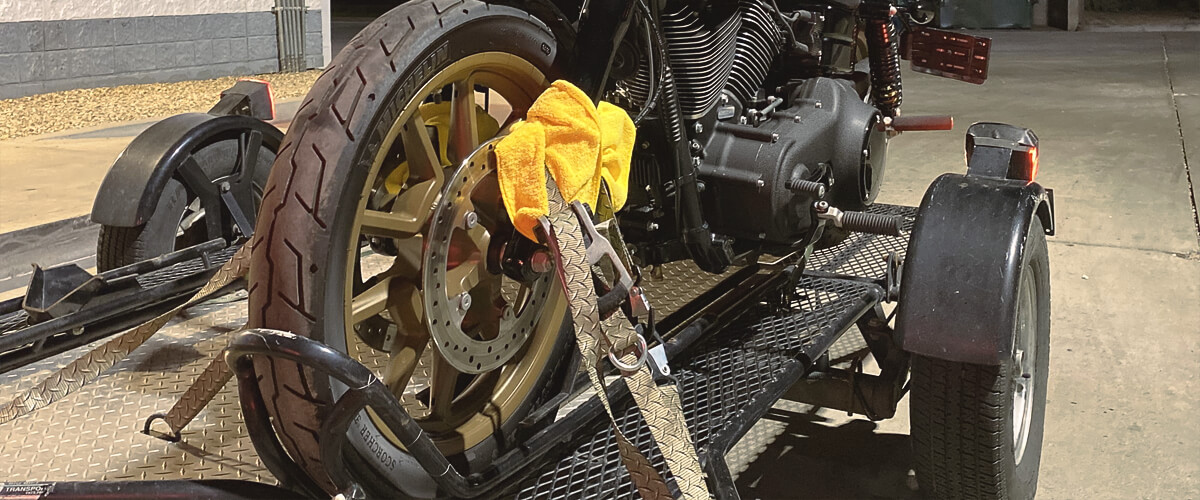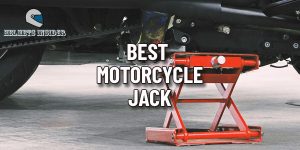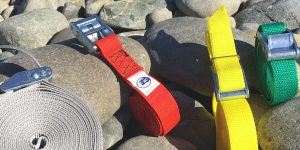Properly securing your motorcycle is important when it comes to transportation or storage. If you’re wondering how to strap down a motorcycle effectively, you’ve come to the right place! Whether you’re planning a long road trip or need to keep your bike in place during the off-season, ensuring its stability and minimizing the risk of damage should be your top priority. The significance of securely strapping down a motorcycle cannot be overstated, as it directly impacts both your safety and the preservation of your valuable investment.
Based on my extensive experience, I will guide you through the essential steps of how to strap down a motorcycle. I will share the techniques and equipment required to secure your bike, preventing it from shifting or toppling while in transit.
Essential equipment and tools for strapping down a motorcycle

When it comes to safely securing your motorcycle, having the right equipment and tools is critical. Here are some essential items you’ll need to ensure a reliable and secure strapping process:
- Tie-down straps. Invest in high-quality tie-down straps specifically designed only for motorcycles. These should have a sufficient weight capacity and be made from durable materials such as nylon or polyester. Choose straps with sturdy buckles or ratchets for easy tension adjustment.
- Soft loops. Many experts call them tie-down extensions. They are needed to protect your bike’s handlebars and other fragile parts from scratches and damage. These loops wrap around the handlebars or frame, providing a secure anchor point for your straps.
- Ratchet straps. These accessories offer superior tensioning capabilities, allowing you to apply precise and consistent pressure to secure your motorcycle tightly. Look for straps with a reliable ratcheting mechanism for easy tightening and quick release.
- Wheel chocks. They are useful for stabilizing your motorcycle during transportation. These sturdy blocks or brackets hold the bike’s wheels in place, preventing movement or shifting.
- Bungee cords or cargo nets. While not suitable for primary strapping, bungee cords or cargo nets can be useful for securing additional gear or luggage on your motorcycle.
Remember, using high-quality tie-down straps, soft loops, and other accessories ensures a secure and damage-free tying-down motorcycle experience. Investing in reliable equipment will provide you with peace of mind and ensure maximum safety for your motorcycle during transport or storage.
Securing the motorcycle

Soft loops
Soft loops are important in providing a secure attachment point for strapping down a motorcycle on a trailer. These loops are typically made of durable nylon or polyester material and are designed to protect your bike’s handlebars and other delicate parts from scratches or damage. To attach soft loops, you can wrap them around sturdy areas such as the handlebars, frame, or passenger footrest brackets. When strapping down a motorcycle on a trailer, securely attaching the soft loops to strong anchor points on the bike, such as the frame or handlebars, is essential for maintaining a stable and safe connection.
Tie-down straps
Using high-quality tie-down straps is essential for safely securing your motorcycle. Look for straps with sufficient weight capacity and robust construction. It is recommended to choose straps made of durable materials like nylon or polyester webbing. To attach the tie-down straps, connect the hooks to the soft loops on your motorcycle. Then, attach the other end of the straps to the appropriate anchor points on your trailer or vehicle, ensuring they are securely fastened.
Tensioning the straps
Proper tensioning of the tie-down straps is vital to ensure a secure attachment of your motorcycle when strapping it to a trailer. Follow these 5 steps to achieve balanced tension and stability:
- Begin by attaching the hooks of the tie-down straps to the soft loops or designated anchor points on your motorcycle.
- Position yourself near the center of the bike and pull the straps simultaneously, applying equal pressure on both sides.
- Gradually tighten the straps, working in a crisscross pattern. Start with the front strap on one side, then move to the rear strap on the opposite side, and vice versa. This helps distribute the tension evenly and maintains balance.
- Avoid overtightening the straps, as it may strain the bike or affect its suspension. Aim for firm tension without excessive force.
- Periodically check the straps during transit to ensure they remain taut. If any slack develops, re-tighten the straps to maintain stability.
Applying additional support
For added stability during transportation or storage, consider using additional supports such as wheel chocks or kickstand stabilizers. These supports help minimize movement and reduce the load on the tie-down straps. Wheel chocks can be placed around the motorcycle’s wheels to prevent any lateral or forward/backward movement, while kickstand stabilizers provide extra support to keep the bike upright and steady.
By following my guidelines and utilizing the appropriate equipment, you can ensure a secure and safe strapping-down process for your motorcycle, minimizing the risk of damage or accidents during transportation or storage.












